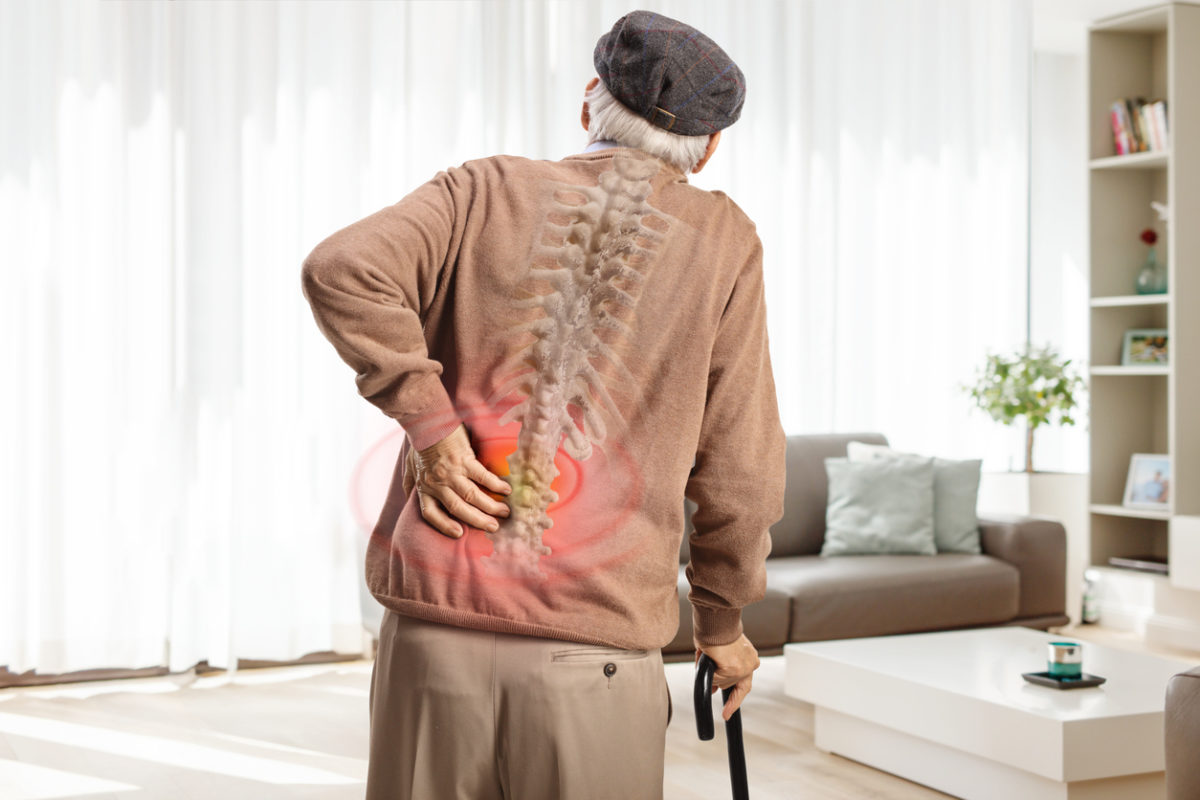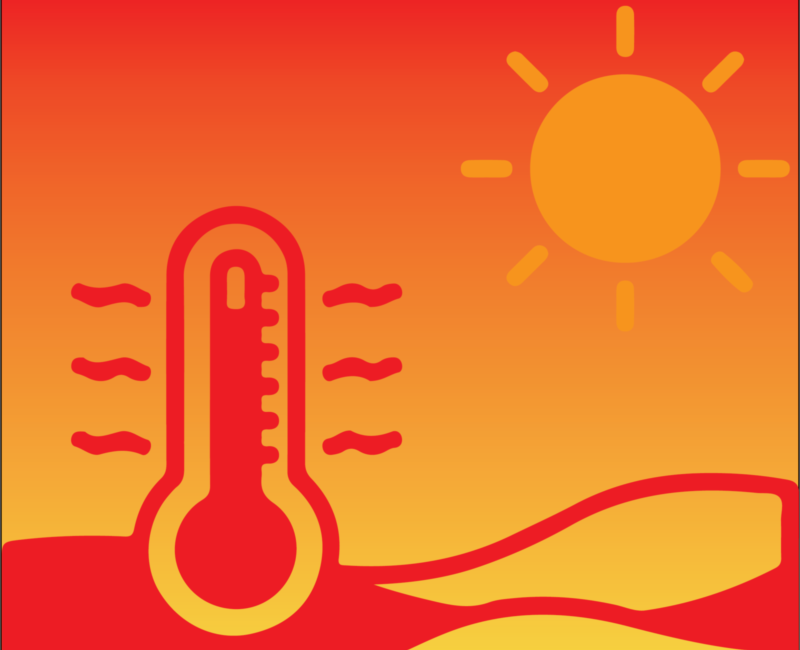Got back pain? There are many approaches to treating it
By Jay Nachman
For more than 36 years, Dr. Barry Silverman has been a chiropractor in the Old City and Society Hill neighborhoods of Philadelphia. For almost the same amount of time, he has also been practicing and teaching tai chi, which he described as a martial art, form of exercise, moving meditation and prescription for health.
For older adults with back pain, chiropractors can do “an adjustment, a manipulation of the spine, to restore proper motion to a joint, to help realign the bones, especially in the spine, and also to help with posture as well,” Dr. Silverman said.
To help maintain back health, he recommends exercises to strengthen the muscles of the body’s core. “In most people, because we sit so much, muscles get weak, so strengthening the core is a very important thing,” Dr. Silverman said.
As an experienced tai chi practitioner and teacher, Dr. Silverman said, “It is the perfect exercise for older adults. Tai chi strengthens your core muscles. You do the exercises very slowly and very deliberately, and it helps with the core. You can do it more readily than things that are quick-moving, like tennis or basketball. Tai chai also strengthens the legs. You get very strong in the legs. Those two things are very helpful for people who are having balance issues.”
With tai chi, “You have to be very conscious of your body alignment and posture,” Dr. Silverman said. “Older people’s posture can often be hunched over in some way. It’s very helpful for that situation.”
Your aging back
Sometimes, back pain can be a consequence of aging, according to Dr. Saloni Sharma, clinical assistant professor of Rehabilitation Medicine at Thomas Jefferson University and medical director of the Orthopedic Integrative Health Center at Rothman Orthopedics. “As we age, we have degeneration of the spine, including degenerative disc disease, and boney wear and tear of the endplates,” Dr. Sharma said.
Other risk factors for back pain include being overweight and having either a very physical job or a sedentary job. Both Dr. Silverman and Dr. Sharma noted that having weak abdominal and back muscles can lead to back pain.
Mental health is an overlooked cause of back pain, according to Dr. Sharma. “People who suffer with depression and anxiety often have higher rates of back pain and chronic pain in general,” she said.
In Dr. Sharma’s book, “The Pain Solution: 5 Steps to Relieve and Prevent Back Pain, Muscle Pain, and Joint Pain without Medications,” she outlines ways to reduce painful inflammation and to have a better quality of life. Her “Relief-5R” plan entails refueling (nutrition), revitalizing (exercise), recharging (sleep), refreshing (stress reduction) and relating (supportive relationships).
“There’s a lot of data in support of following an anti-inflammatory diet and minimizing processed food which can impact inflammation and pain,” Dr. Sharma said. An anti-inflammatory diet should aim to fill one-half of the plate with fruits and vegetables, one-quarter with protein and one-quarter with complex carbohydrates.
Proper diagnosis
It’s important not to mistake a degenerative disc problem with other sources of back pain, according to Dr. Binh Nguyen, founder of Optimal Physical Therapy Gym with offices in South and North Philadelphia. While back pain can stem from muscle weakness or bad posture, Dr. Nguyen said the source of the pain can help identify the proper treatment.
“If it’s truly a degenerative disc, as shown on the X-ray, physical therapy is not going to help because we cannot reverse degeneration,” Dr. Nguyen said. “But if the patient responds to physical therapy, then I know a degenerated disc is not the source of pain.”
It can take four to 10 weeks for a therapy program to be successful at strengthening muscles and increasing endurance, Dr. Nguyen said. In this time, patients can find relief from their aches and pains and increase their ability to function, but it is up to them to maintain their health.
Think of physical therapy exercises like taking vitamins and supplements. “You have to do at least three or four exercises that help you the most and stay with it,” Dr. Nguyen said. “As long as older adults keep moving and do some sort of exercise, they will maintain their wellness. Every time I work with a patient, I don’t just focus on the pain. I focus on the ability to move around and do things, and to be more cheerful and enjoy doing things. When I see that they have confidence when they move around and they don’t limit themselves, that’s very rewarding.”
Jay Nachman is a freelance writer in Philadelphia who tells stories for a variety of clients.




